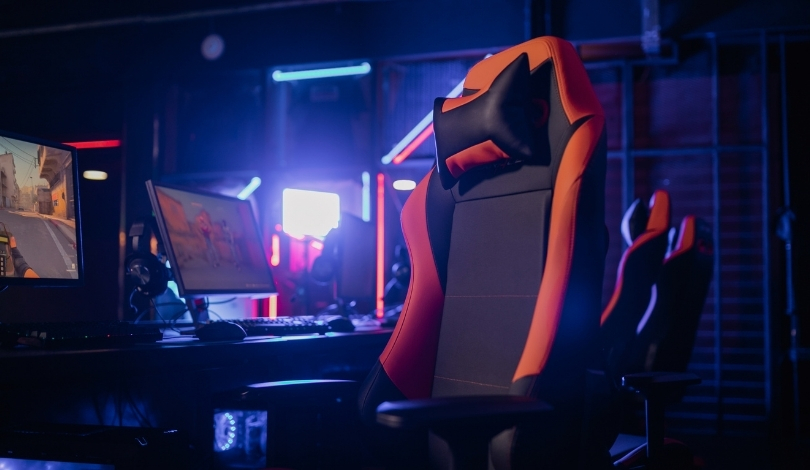Japan’s gaming industry is recording significant economic growth, yet a closer examination reveals a decline in the number of PC gamers. Despite the rise in overall market value and robust hardware and software sales, industry data indicate a notable drop in the PC gaming population since 2014. The surge in prices for gaming PCs and their components has contributed to this complex situation. Meanwhile, consumer behavior and market trends appear to be shifting, challenging assumptions drawn from headline market figures. This context raises important questions for gaming brands and analysts looking to understand Japan’s evolving digital entertainment landscape.
Earlier research highlighted a steady increase in Japan’s PC gaming community and framed the sector’s rapid expansion between 2020 and 2024 as a sign of growing popularity. However, more recent analysis now points to a discrepancy between rising expenditures and declining user numbers. Past projections focused on software sales, whereas today’s estimates factor in both hardware and software, offering a broader perspective on industry shifts.
How Have Market Values Shifted?
According to Famitsu’s data, the Japanese gaming market’s total value climbed to ¥2,396.1 billion (about $16.2 billion) in 2024. The PC gaming sector was estimated at ¥265.3 billion ($1.8 billion), a substantial figure nearly on par with gaming consoles in terms of economic impact. Growth is attributed not just to unit sales but also significant price increases across PCs, parts, and digital services. One company representative observed,
“Rising prices in Japan are also affecting the game market, with price increases across the market, including not only game consoles and peripherals but also subscriptions and item charges, directly leading to an expansion of the market size.”
Why Are PC Gamer Numbers Declining?
Despite the market’s financial strength, the estimated number of PC gamers fell from 17.49 million in 2014 to 14.52 million in 2024. The drop in participant numbers contrasts with the market’s economic growth, leading analysts to look for alternative explanations. Some experts suggest that higher costs could be deterring new entrants, while other factors such as the fading popularity of free and browser-based games might also play a role. A company spokesperson explained,
“Rising hardware and subscription prices may be discouraging some prospective players; however, committed gamers continue to invest heavily in the sector.”
What Role Do Shifting Player Habits Play?
The growing role of mobile gaming appears to be an influential factor. With fewer cheap or no-cost browser games available and the rising appeal of mobile alternatives, many users may have shifted their gaming activities towards their phones. This trend complicates efforts to understand how much of the decrease in PC gamers represents a true abandonment of the platform as opposed to migration within digital entertainment ecosystems. Meanwhile, players with older systems are shown to sustain their experience on platforms like the GTX 970 and 1060 graphics cards, underscoring persistent engagement despite economic pressures.
Contemporary assessments demonstrate that Japan’s PC gaming market, while financially buoyant, is experiencing notable changes in consumer dynamics and player engagement. For companies and industry observers, tracking not only the financial trajectory but also the evolving preferences of gamers will be key to understanding the market’s direction. The sharp rise in equipment costs and subscription fees may limit accessibility, yet ongoing hardware longevity and mobile game migration partly offset the impact. Readers interested in understanding digital market trends in Japan should watch for further fluctuations in user demographics alongside market expansion, as both will shape the industry’s outlook.
- Japan’s PC gaming market grew in value despite fewer active users.
- Hardware price surges and mobile game popularity impact user numbers.
- Ongoing hardware use sustains engagement amid rising financial barriers.










